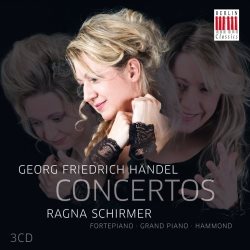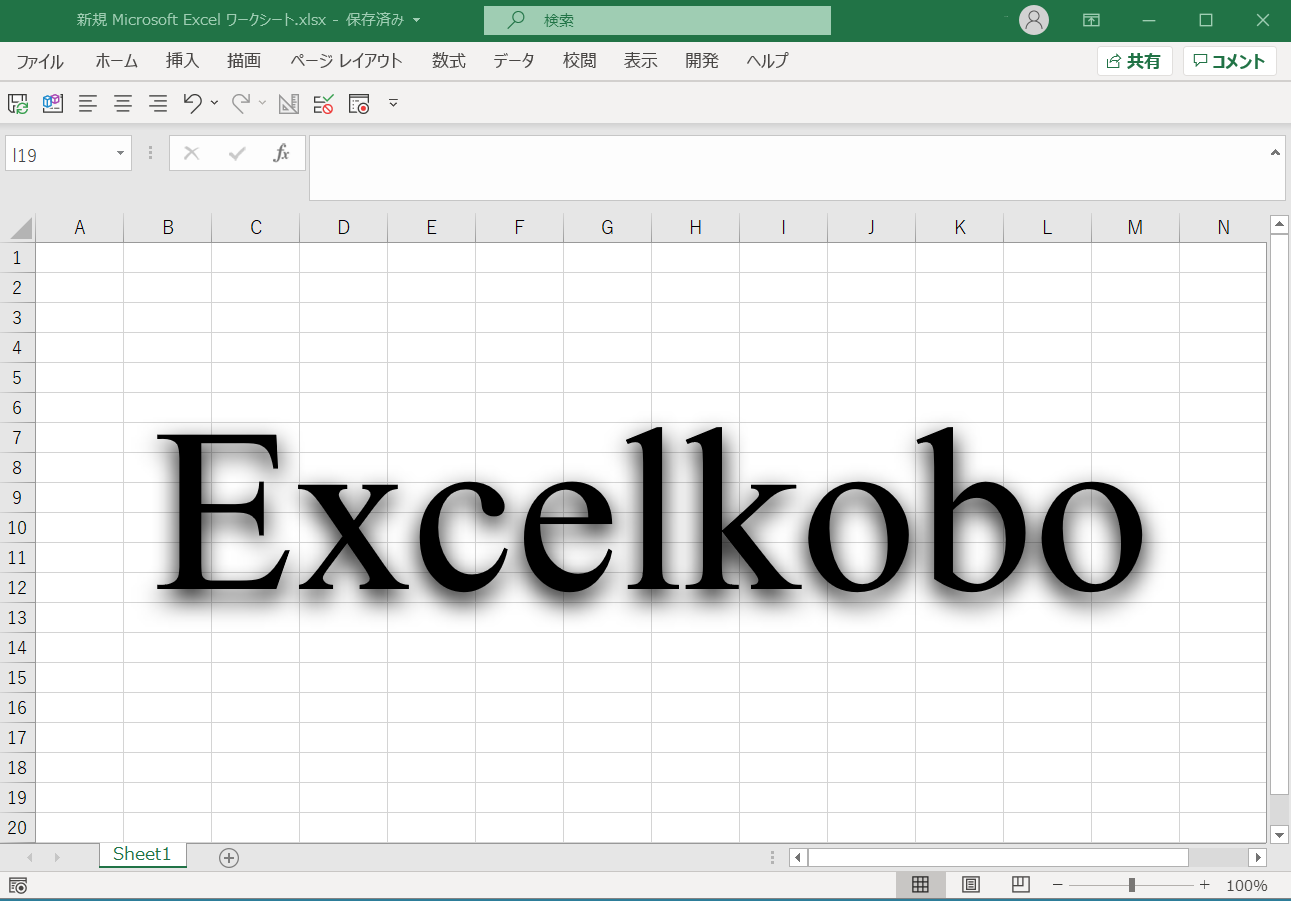Handel: Organ Concertos / Ragna Schirmer (pianoforte and others)
This may be a controversial CD. The first three pieces (Op. 4-5, 4-3, and 4-1) are the normal performances on period instruments. In other words, the organ part of the original piece is simply replaced by fortepiano in an orthodox manner. The first “mutation” appears around the fourth piece, the A major concerto (HWV 296a without a work number). There is no orchestra here, as it should be. It is played by a complete pianoforte solo. Furthermore, in the fifth piece (Op. 4-4), on the contrary, the pianoforte is far away from the solo instruments, and suddenly the flute and oboe solos begin to dominate the music. All the movements are led by these two wind instruments, and the pianoforte only occasionally joins in. In the next movement, Op. 4-2, things return to “normal operation,” and this is where CD1 ends.
CD2 begins with Op. 7-1, which begins with chords reminiscent of Beethoven’s “Emperor” by modern piano. From here on, the performance in F major (HWV 295), Op. 7 No. 3, and Op. 7 No. 2 continued on the modern piano. There seems to be no reason to switch from fortepiano to modern Steinway piano particularly. Furthermore, CD2 ends with modern music that for some reason seems to have nothing to do with Handel’s music. Thus, CD2 ends in a completely incomprehensible state.
Now, as for CD3, no wonder anything happens anymore. As expected, the double bass pizzicato and the vibraphone made me wonder what was going to happen, and then the brass instruments began to play a theme I had heard before. It gradually becomes clear that it is unmistakably Handel’s harp Concerto (Op. 4 No. 6). After the Hammond organ solo, the trumpet, trombone, and saxophone solos follow. While I was listening in awe, in the second movement, the trumpet, which sounded like Nini Rosso, played a duo with the Hammond organ.
I remember when I was young, Jacques Loussier’s trio took the world by storm, and I gradually realized that the same thing was being played here. In short, it is a parody. At the same time, a certain sense of “discomfort” that I felt while listening to Jacques Loussier at that time came back to me as if I were having a déjà vu. That is, the “discrepancy” between the presentation of the theme and the solo (ad-lib). This CD3 may be closer to the PDQ Bach parodies I used to listen to when I was young. It was John Lewis of the Modern Jazz Quartet, come to think of it, who overcame those “discomfort” shortcoming. In his music, Bach’s themes and ad-libs are more “seamlessly” connected and do not sound unnatural.


